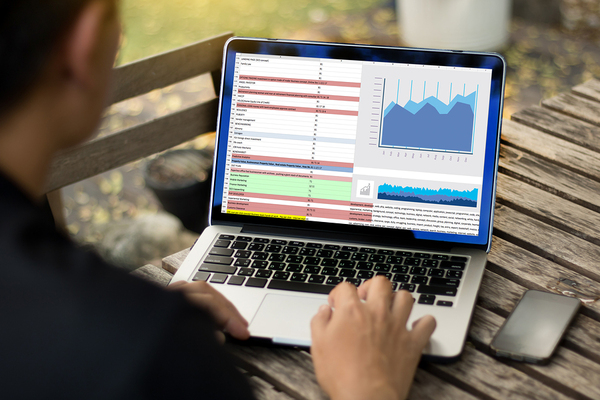Information today is proliferating at exponential rates. Connected devices, machinery, and customers and consumers are generating vast amounts of data.
The challenge for the c-suite and senior managers is to harness the capability of this data and use it to a competitive advantage.
Knowing how best to apply analytics for business gain is becoming a mandatory requirement for companies that want to stay ahead. The uses of behavioral analytics are unrivaled in the business world. Doing so requires companies to be able to collect and store the data, sort and compile it, and create reports that are actionable, relevant, and accurate. With the rise of the internet and technology, it is important to use analytics platforms and tools to your advantage, as it doesn’t look like it is going anywhere anytime soon. This way, you’ll be able to stay on top of your competitors and find new ways of bringing in new clients and customers, along with growing your business.
The Growth of Data
There are, at present, billions of connected devices, likely with hundreds of them a part of your life every day. Your smartphone apps and wearable devices are generating data points about you, your activity, and your usage of products. The car you drive and the home you live in can be programmed to monitor, detect, activate and use countless operations.
The Internet of Things (IoT) is the collection of these objects and is defined as things that are equipped with sensors, storage, and wireless capabilities.
For organizations, the power and potential come from the ability to collect, store, and use these myriad data points. Making sense of this complexity requires several things: the capability to collect the data, the capacity to store the data, and the analytics that organize and present the data in actionable ways.
Analytics programs in the cloud are one surefire way to have the capacity and expandability to activate the insights stored within that collective data.
Here are a few of the core benefits and applications of analytics:
- Competitive advantage. According to the 2017 Data and Analytics report from the MIT Sloan Management Review, an increasing number of companies are reporting that they’ve gained a competitive advantage from using analytics. These tools provide companies with insights and the potential for innovation in ways that would otherwise not be possible, gleaned from the massive amounts of information analyzed.
- Predictive insights. Collected data allows companies to make decisions on what to do next. By identifying trends and projecting future results, analytics programs can help make the difficult decisions a little easier. More information analyzed properly, allows companies to be right and justified in the decisions they make.
- New business. Analytics helps companies to identify new markets, new customers, and new products and services. More data, studied longitudinally, can provide the right insights about potential options, obstacles, and likely outcomes that can be used for better business strategy development.
- Operational improvements. Analytics can be used to look inward and identify inefficiencies in the operations and management of companies, their employees, and the work. Analytics can identify opportunities to change business processes, use fewer employees, help staff work smarter, and better integrate business units.

Companies use data analytics to see trends and anticipate potential opportunity,
Analytics is not done solely digitally. It needs people to build the systems, determine the assumptions, and interpret the presented information. When adopting an analytics-driven approach, the technology news needs to be shared carefully with staff, who may be skeptical or intimidated. However, these new tools, when introduced and used effectively, can empower employees to make better decisions and produce better outcomes.
